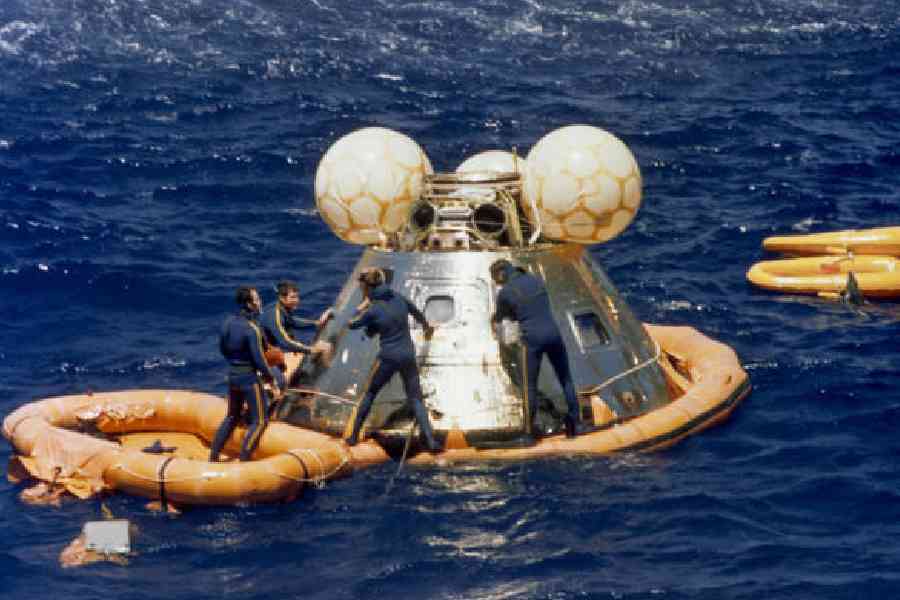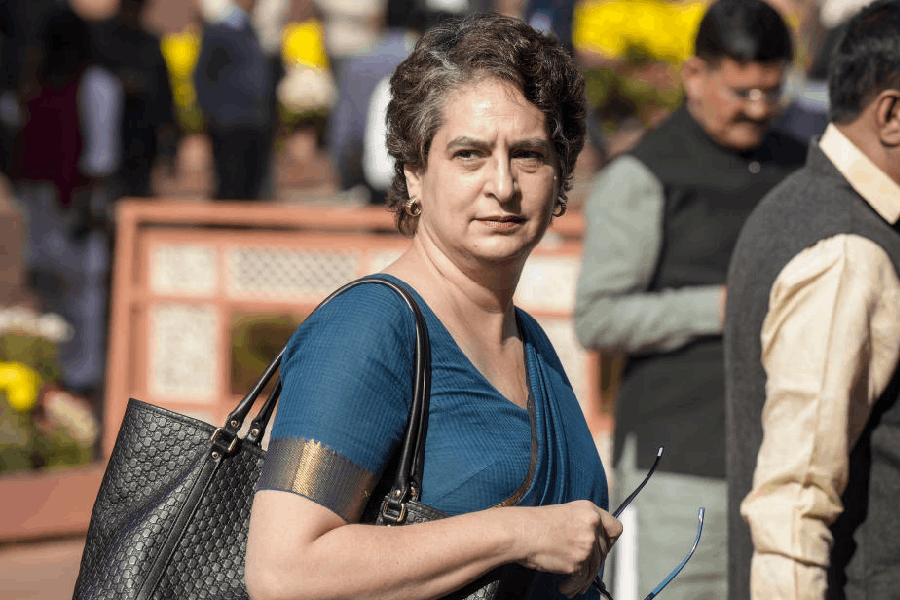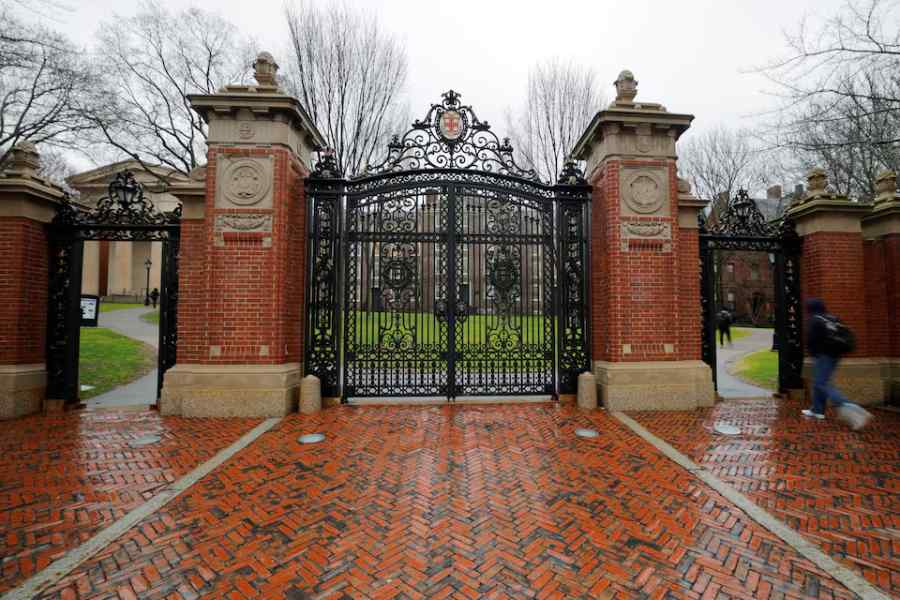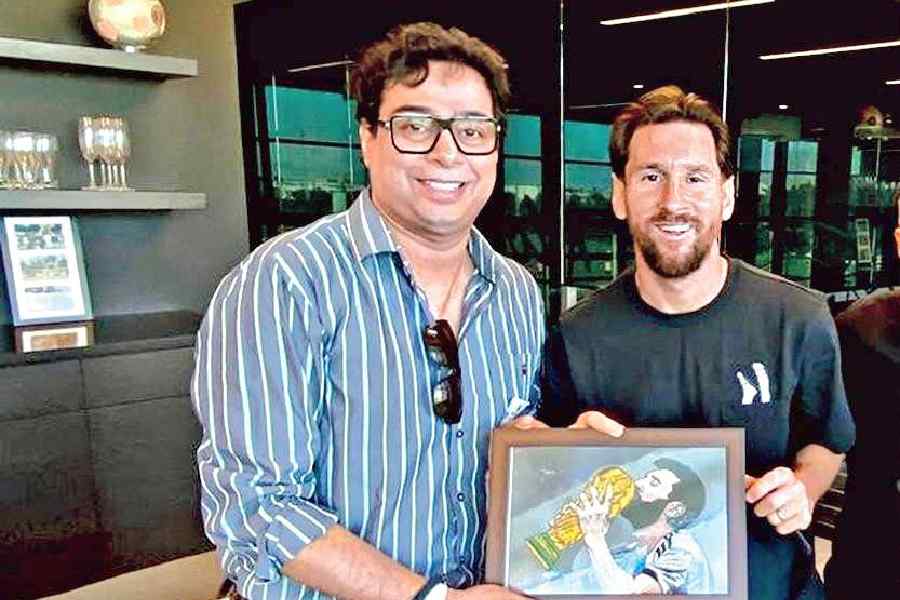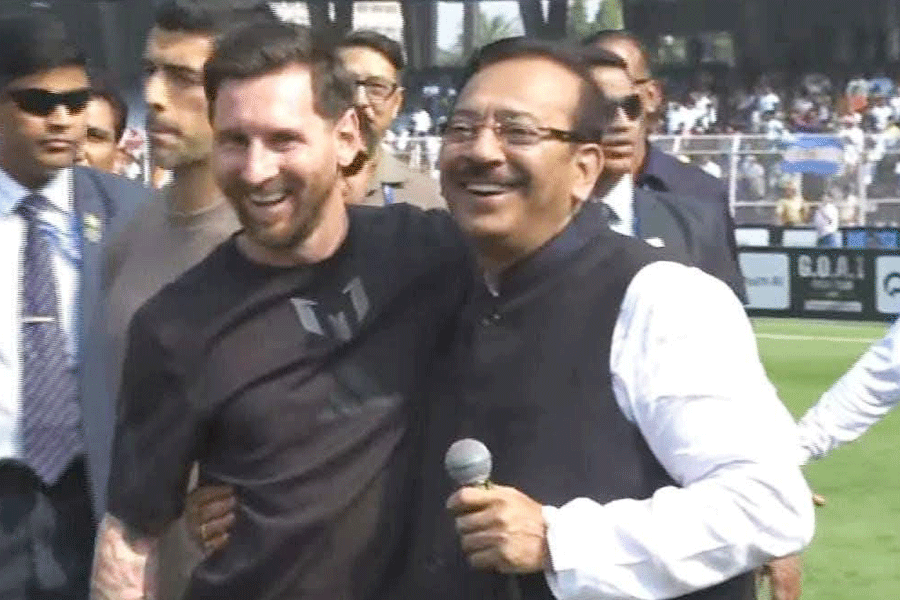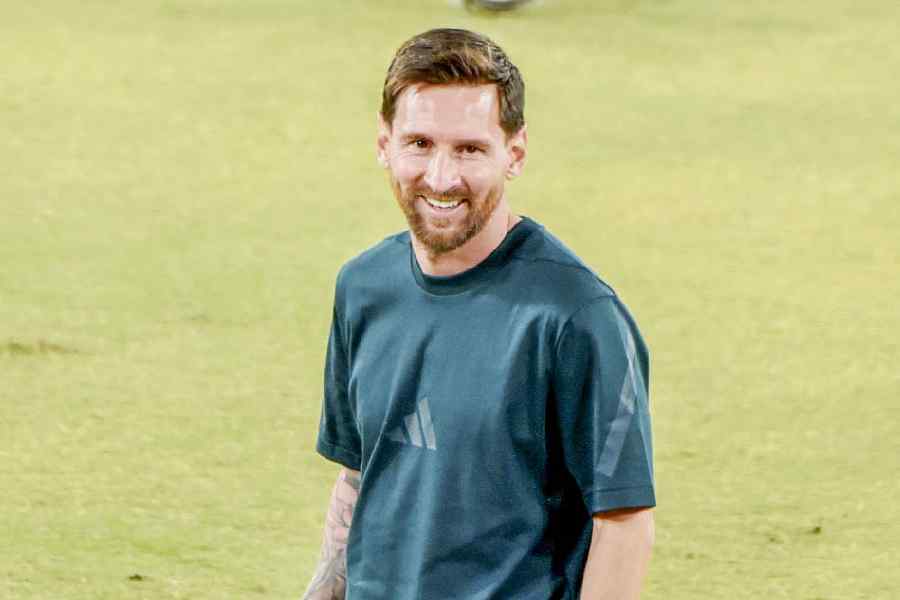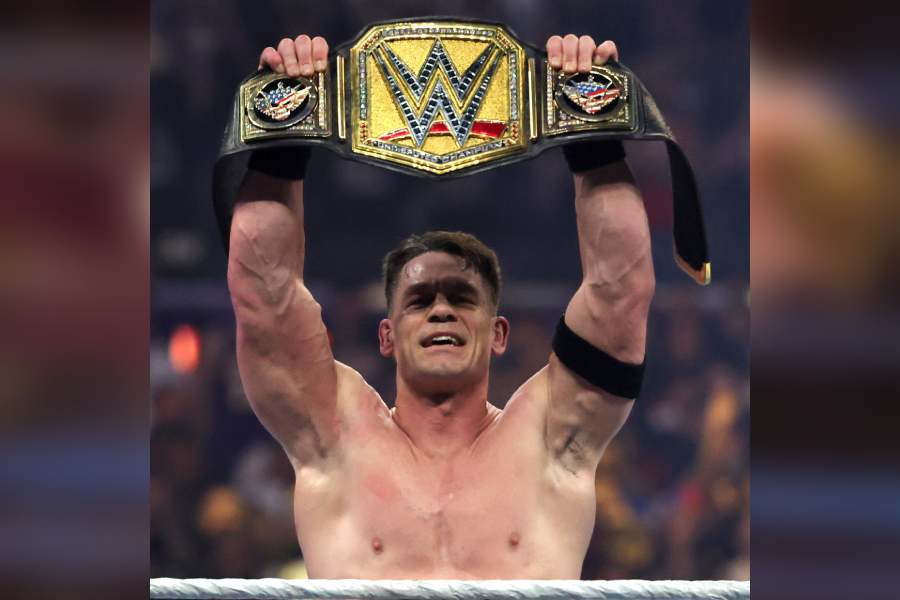Some 225 kilometres above France, American astronauts opened a spacecraft hatch and found themselves face to face with cosmonauts from the Soviet Union.
“Glad to see you,” Col. Alexei Leonov spoke in accented English to Brig. Gen. Thomas Stafford of Nasa.
“Ah, hello, very glad to see you,” Brig. Gen. Stafford responded in his own accented Russian.
The two men then shook hands.
The handshake, which occurred 50 years ago on July 17, defined the Apollo-Soyuz Test Project, the first international human spaceflight. That simple symbol of partnership between bitter competitors remains an enduring legacy of the mission.
“It’s amazing to think that two diametrically opposed countries with different systems and cultures, essentially ready to destroy each other, can somehow cooperate and do this highly technical, complicated mission,” said Asif Siddiqi, a professor of history at Fordham University in the US and an expert on Russian space history.
Early in the space age, as America raced to catch up to the Soviet Union, a partnership in space had been proposed. In September 1963, speaking before the United Nations General Assembly two months before his assassination, President John F. Kennedy floated a joint mission to the moon.
This dream was deferred, and the US would overtake the Soviets in the moon race with the successful Apollo 11 mission in 1969.
Oddly, the American moon landing may have created a new window for cooperation. Public support for the Apollo missions fell, and the programme was cut short after the Apollo 17 mission in 1972. That left the US space programme without an immediate objective.
In parallel, both nations’ reputations were tarnished abroad, the Soviet Union by its invasion of Czechoslovakia, and America by its involvement in the Vietnam War. That created an additional motivation to jointly reassert each country’s status atop the global hierarchy.
“They needed to lift themselves up and cooperate with each other to show the rest of the world: we are as super and as great as ever. We’re doing things which no country can do in a similar capacity,” said Olga Krasnyak, an associate professor of international relations at the National Research University Higher School of Economics in Moscow, Russia.
This mutually recognised opportunity for prestige led to tentative talks between the country’s officials in 1970. From the get-go, it was clear that the mission faced immense diplomatic, technical and cultural obstacles. There was no smooth path to launch.
“How do we communicate with people who speak entirely different languages, and who think differently about engineering and problem-solving?” Brian C. Odom, Nasa’s chief historian, said. “On paper, it seems easy. You launch, we launch, we come together, we shake hands, we go our separate ways. But making that happen, where you don’t have five people dying in orbit, is incredibly difficult.”
Both sides were suspicious of the safety of the other’s flagship spacecraft. The three astronauts selected for Apollo 1 perished in a fire during a rehearsal in 1967, while the three cosmonauts of Soyuz 11 died in space in 1971 when their cabin depressurised. Snipes about the superiority of one side’s spacecraft over the other rankled insiders of the mission. American astronauts were used to a much more hands-on guidance system with Apollo, whereas Soyuz was largely automatic and controlled from the ground.
The vehicles even used different atmospheres in their interiors.
This discrepancy was solved by the development of a docking module with airtight hatches at each end. Once the module connected the two craft, crew members from one vehicle could enter, ensuring that both hatches were closed while it pressurised to match conditions of the other side. When that process was complete, the hatch to the other vehicle could be opened, allowing crews to safely enter without risking “the bends”, a condition caused by rapid depressurisation.
As the mission planners navigated these headaches, a deep and abiding friendship flourished between the astronauts and cosmonauts. The Apollo side, headed by Stafford, also included Donald “Deke” Slayton and Vance Brand. Leonov flew on the Soyuz side with Valery Kubasov.
The crews learned each others’ languages. They trained together at Nasa Johnson Space Center in Houston in the US and at Star City, the Russian space centre outside Moscow. During these meetings, the space travellers hunted, drank and partied together.
Against all odds, the crews finally reached their launchpads during the summer of 1975. On July 15, the Soyuz crew blasted off from Baikonur Cosmodrome in Kazakhstan, followed by the Apollo crew, which launched about seven hours later from Kennedy Space Center in Florida, US.
The lead-up to docking was relatively smooth, though the Apollo crew discovered a “super Florida mosquito” had stowed away with them, and Stafford joked that a juice spill had turned the Apollo into a “strawberry-coloured spacecraft”.
The spaceships successfully docked at 12.12pm Eastern time July 17, high above the Atlantic Ocean. Hours later, the historic handshake was broadcast live to millions of viewers. The mission even inspired a cocktail called the Link Up, with equal parts Southern Comfort (American whiskey liqueur) and vodka mixed with lime and ice, served at London’s Savoy Hotel. The ships parted ways on July 19.
Siddiqi, the historian of Russian spaceflight, views the 1975 US-Soviet mission as a forerunner to the complex international partnerships that characterise modern spaceflight.
“It was a little bit messy, but the road leads back to Apollo-Soyuz,” Siddiqi said.
NYTNS

